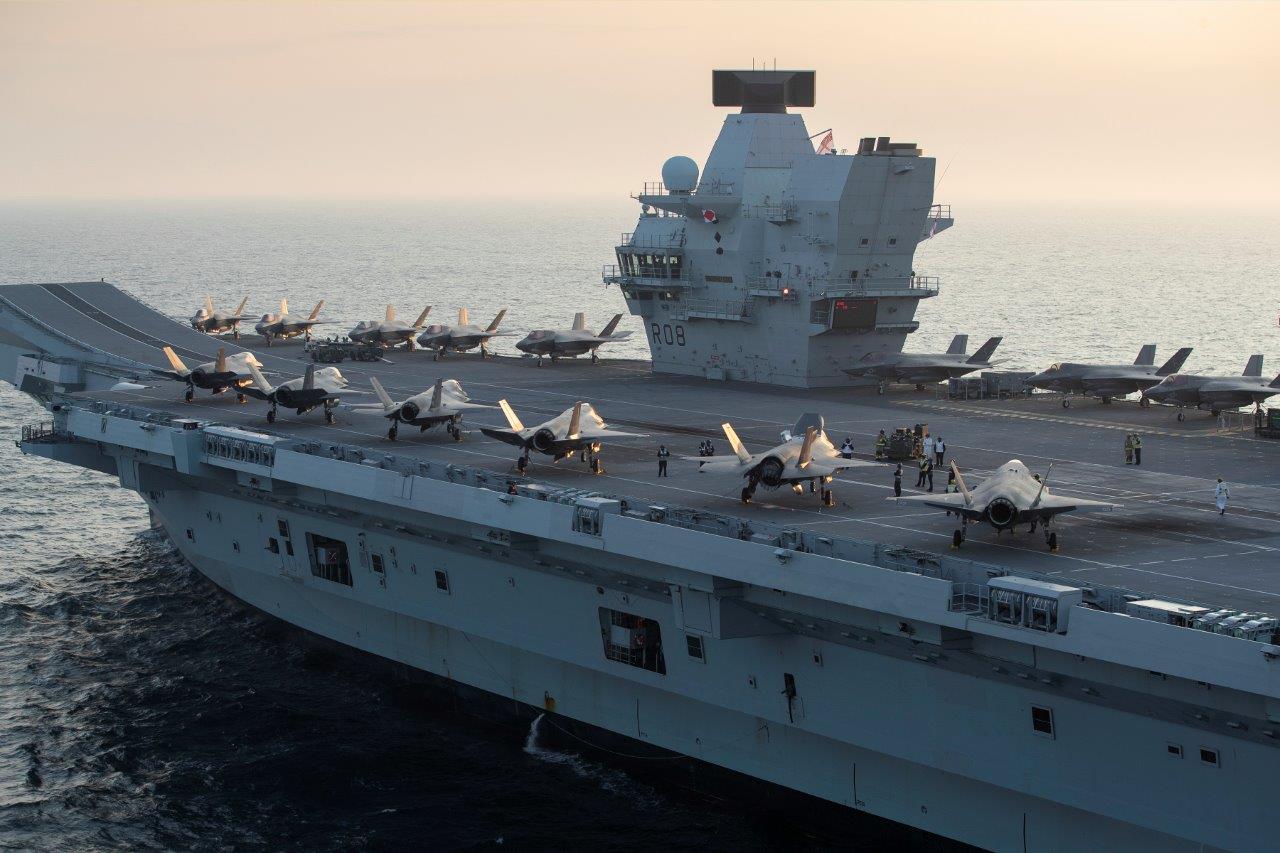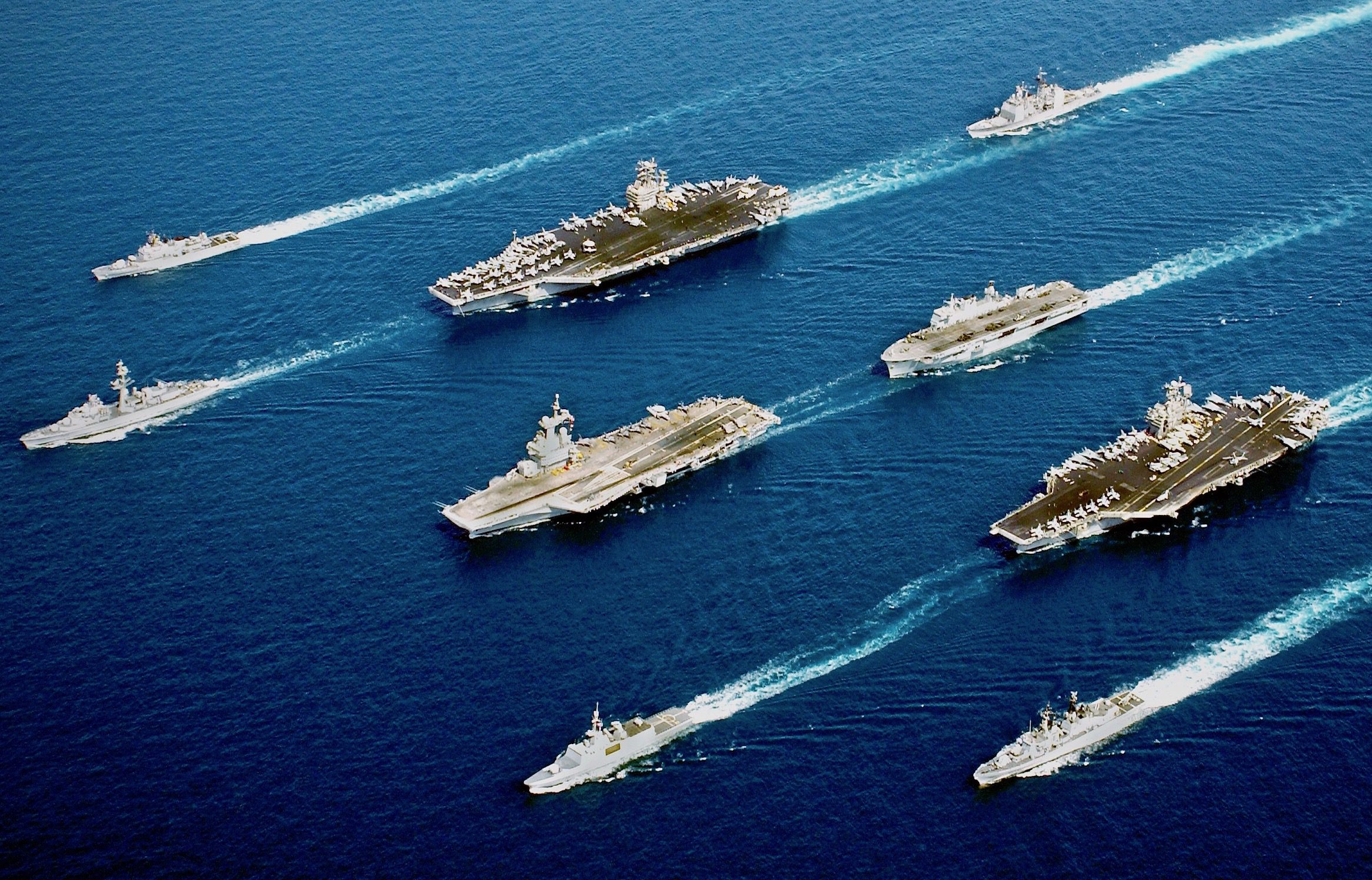

The Royal Navy’s £3.1bn aircraft carrier, HMS Queen Elizabeth is sailing into New York for a week-long visit, as part of her US deployment, following flight trials of two multimillion-pound stealth fighter F-35B Lightning jets in September. “More frigates and other ships may yet be cut in the defense review, which would be folly but entirely possible,” Ballantyne said.NEW YORK, NY - OCTOBER 19: Britain's new aircraft carrier HMS Queen Elizabeth arrives in New York on.

A new strategy review is underway in London. in the year 2038.Ī lot could happen between now and then to undermine even this slow, modest recovery. In the best-case scenario, the frigate force shrinks to 10 in 2026 before slowly growing to a new high of 18.

Construction of the Type 32s commences in 2027, under current planning.īut shipbuilding takes time. Work on the first Type 31 should start this year. Eight missile-heavy Type 26s, each displacing around 7,000 tons, would replace some of the Type 23s on the most dangerous missions.įive each of 5,000-ton Type 31 and Type 32 frigates-which are smaller and less heavily-armed than the Type 26s are-would handle less intensive tasks.Ĭonstruction began on the first Type 26 back in 2017. The government has launched three new frigate programs that together could cost $8 billion. The Royal Navy has its own expansion plan. The Americans have vague plans to grow their front-line fleet from around 295 ships to 355 or more, but back-to-back presidential administrations have failed to make much progress toward that goal. fleet is struggling to keep up with its global commitments as the pace of shipbuilding falls and maintenance problems pile up. Navy has also seen, there are limits to what can be done before strain tells.” governments that the navy can always do more with less and it always rises to the challenges,” Ballantyne said, “but as the U.S. “Part of the problem is the mentality in successive U.K. Perhaps most ominously, the Royal Fleet Auxiliary has just one dry-stores ship with rigs that are compatible with the two new flattops. But the fleet has cut back on key support vessels, as well. ĭragging an OPV to, say, the Persian Gulf or the Western Pacific might be practical if the Royal Navy had tankers to spare. “If you want to send them overseas, you have to drag them with multiple refuelings along the way,” pointed out Jerry Hendrix, a military expert and author of To Provide and Maintain a Navy. Frigates can, on short notice, deploy anywhere in the world. The difference in size has implications for the OPVs’ endurance and thus usefulness.
Future royal navy carrier battle group plus#
Where a Type 23 displaces around 5,000 tons of water and packs 32 vertical launch cells for surface-to-air missiles plus room for eight box-launched anti-ship missiles, a River-class OPV displaces just 2,000 tons and carries no weaponry heavier than a 30-millimeter cannon. waters, escort passing Russian warships and even protect the Falklands.īut an OPV isn’t a frigate. Those OPVs are now doing the work that frigates used to do. The only consolation prize, besides the long-planned new carriers, was a new batch of small offshore patrol vessels that expanded the OPV flotilla to eight boats.


 0 kommentar(er)
0 kommentar(er)
